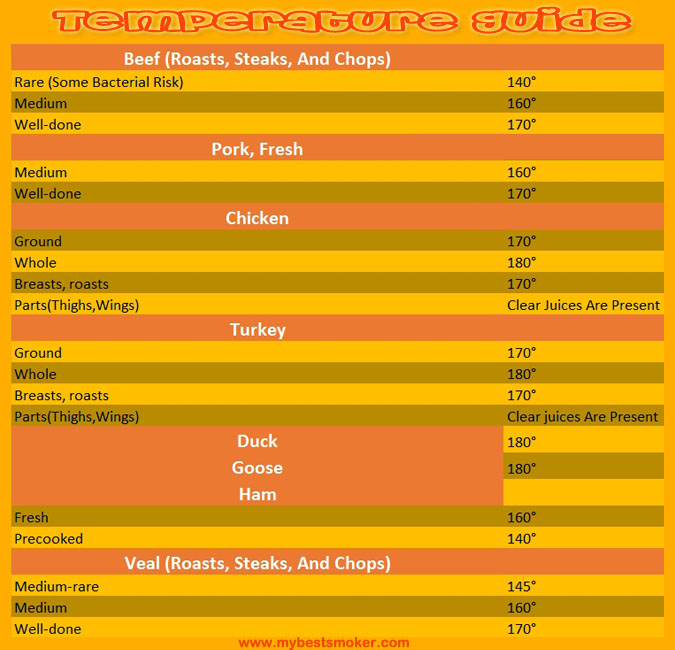How To Use A Wireless Digital Meat Thermometer
Using a meat thermometer will take the guesswork out of your grilling and roasting. Even though there are other tricks to help you figure out if your meats are cooked properly, a thermometer makes it much easier and is the only true way to know if your meats are cooked correctly. There are many different models and kinds of thermometers available, from simple ones to the fancy digital ones that have alarms on them. A lot of them can be used for all kinds of cooking, from oven cooking to grilling and barbecuing to fireplace cooking. Make sure to check the temperature tolerance of your thermometer before you use it in any type of setting.
Knowing how to use a meat thermometer or how to use an infrared thermometer is an indispensable skill to have. With these little tools, you’ll avoid slicing into the meat to check doneness, which lets precious moisture and juices escape. The right use a meat thermometer will also prevent your food from poisoning you since you will know the exact internal temperature of the meat to ensure its safety for consumption.
Poultry and meat are cooked and juicy at specific temperatures, depending on the type of meat. However, they can become tough and dry if they are cooked much past this temperature. Usually, judging when a bird is finished roasting has meant to visually check the interior color of the meat when it is cooking. The redder the meat, the rarer it is. This, involves guesswork though that is not necessarily the safe thing to do.
Digital Meat Thermometers
So, do you need to know how to use a digital thermometer? First of all, digital meat thermometers can vary from small and simple thermometers that have a digital readout, to bigger, fancier thermometers with alarms, timers and wireless technology. Instead of using an analog dial, the temperature will show up on a digital screen. These obviously need batteries to operate, and even though most are not heat-proof so you can’t leave them in an oven, some do have wires that are heat-proof and can be left in the oven or grill while your meat is cooking. For fireplace cooking or grilling, some of these thermometers are even incorporated into a long fork grilling utensil. This will let you test the meat’s doneness without burning your hands.
Using a Digital Thermometer
Learning how to use a cooking thermometer is not difficult to do. You’ll need to know some basics on actually use the tool, and also the different temperatures that different meats need to be cooked until.
- Insert the needle of the thermometer into the deepest part of the meat. With meat, steak or a pork roast, this will usually be in the middle of the thickest part of the meat. For poultry, the depth of the inner thigh, or deepest section of the best is the position you should use. It is important either way to avoid coming into contact with the bones, since this can throw off the temperature reading. Plus, do not insert the needle so far that it reaches the other side of the meat. It should be as close to the middle as possible.
- Read the temperature the thermometer is showing. You should give it at least 30 seconds to get the right temperature. It will usually stop going up after this time, but can vary between thermometers.
- Take your food off the eat when it gets close to the desire internal temperature. If the recipe gives you a goal for the internal temperature than use this. There are many tables showing the right temperatures for different meats if the recipe doesn’t tell you. Thermometers sometimes even have them listed right on the thermometer or casing.
NOTE: If you are cooking a bigger roast, you should take it out of the oven right before it gets to your desired temperature, about 5 to 10 degrees under. Let it rest on a warm platter, covered in foil for 5 to 30 minutes, and the internal temperature will keep going up as it sits.
Below is a general guide when you are learning how to use a wireless BBQ thermometer.
Using a meat thermometer is an easy way to know if your meat is done and to keep your family safe. Once you realize how easy they are to use, you’ll never go back to your old ways of checking doneness in your meats.










